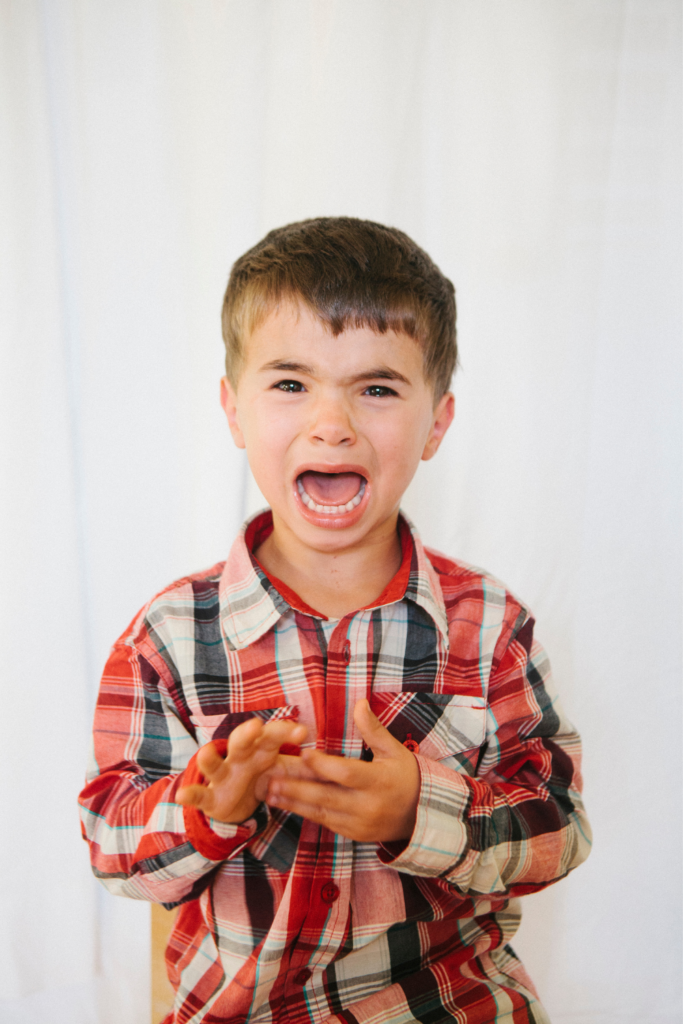What Is Co Regulation In Child Development
What Is Co-Regulation In Child Development?
Co-regulation plays a crucial role in children's overall development. It refers to the process through which children learn to regulate their emotions and behavior with the help of a caring and responsive adult. This adult, often a parent or caregiver, serves as an external regulator, providing support and guidance to the child as they navigate their emotions and reactions.
In co-regulation, the adult acts as a safe and reliable anchor for the child, helping them learn to manage their own emotions, understand limits, and develop self-control. This process is vital for children as it forms the foundation for their social and emotional well-being, laying the groundwork for healthy relationships, resilience, and the ability to adapt in various situations throughout their lives.
Benefits of Co-Regulation
Co-regulation has numerous positive effects on a child's development. Let's explore the significant benefits it offers:
1. Emotional Regulation
Co-regulation is instrumental in helping children develop emotional regulation skills. Through the consistent support of a caregiver, children learn to identify and understand their emotions, express them appropriately, and manage them effectively. This ability to regulate emotions is essential for healthy emotional development, promoting mental well-being and resilience.
2. Relationship Building
Co-regulation fosters a strong bond between the child and their caregiver. By providing a safe and secure environment, the caregiver builds trust, nurturing the child's sense of security and attachment. This secure attachment forms the basis for healthy relationships in the future, enabling the child to develop empathy, trust, and effective communication skills.
3. Self-Confidence and Autonomy
Co-regulation empowers children to develop a sense of self-confidence and autonomy. When caregivers offer support and guidance while allowing the child to explore and make choices independently, they build the child's self-esteem and belief in their abilities. This sense of autonomy helps children develop resilience, problem-solving skills, and the confidence to navigate challenges in their daily lives.
Ways to Implement Co-Regulation
There are various strategies that caregivers can use to promote co-regulation in their interactions with children. Some effective methods include:
1. Creating a Safe and Responsive Environment
Establishing a safe and responsive environment is crucial for co-regulation. Caregivers can do this by providing consistent routines, predictable schedules, and clear boundaries. This environment allows children to feel secure and understand what is expected of them, enabling them to regulate their emotions effectively.
2. Active Listening and Validation
When children express their emotions or concerns, caregivers can practice active listening and validation. This involves genuinely listening to the child's perspective, providing empathy, and acknowledging their feelings. This validation reassures children that their emotions are valid and helps them develop a stronger connection with their caregiver.
3. Modeling Self-Regulation
Caregivers play a pivotal role in modeling self-regulation. By demonstrating how they manage their own emotions and cope with stress, caregivers provide children with valuable examples to learn from. Through observation and imitation, children can acquire effective self-regulatory skills and apply them to their own experiences.
FAQs
Q: What age group can benefit from co-regulation?
A: Co-regulation is beneficial for children of all age groups. From infants who rely heavily on their caregivers for regulation to teenagers navigating complex emotions, co-regulation practices can provide support and guidance at every stage of development.
Q: Can co-regulation help with challenging behaviors?
A: Absolutely! Co-regulation helps children develop self-control and manage their behavior more effectively. By offering consistent support and teaching alternative coping strategies, caregivers can positively influence a child's response to challenging situations, reducing problematic behaviors over time.
Q: How can co-regulation be implemented outside of the home?
A: Co-regulation is not limited to the home environment. Schools, daycare centers, and community settings can also incorporate co-regulation practices by employing responsive and supportive strategies. These settings can provide opportunities for children to develop positive relationships with teachers and peers, creating a nurturing and regulated environment wherever the child goes.
In conclusion, co-regulation serves as a crucial aspect of a child's development, empowering them to understand and regulate their emotions effectively. By providing a strong foundation for emotional well-being, relationship building, and autonomy, co-regulation practices set children on a path towards a healthy and fulfilling adulthood.
How Does Co-Regulation Affect Childhood Development?
 Image Source : littlezsleep.com
Image Source : littlezsleep.com 2. Serve & Return Interaction Shapes Brain Circuitry - YouTube
 Image Source : www.youtube.com
Image Source : www.youtube.com Pin By Terri Brown On SCHOOL | Preschool Social Skills, Friendship
 Image Source : www.pinterest.com
Image Source : www.pinterest.com regulation self classroom skills worksheets worksheetplace kids preschool activities behavior depends success great school work sheet therapy
Coregulation Screenshot | PCIT In 2020 | Parent Child Interaction
 Image Source : www.pinterest.com
Image Source : www.pinterest.com pcit coregulation activities regulation bonding ucdavis psychology
Children’s Social And Emotional Development Starts With Co-Regulation
 Image Source : www.pinterest.com
Image Source : www.pinterest.com Supporting Self-regulation Through Co-regulation | Child Development
 Image Source : www.cdinstitute.com.au
Image Source : www.cdinstitute.com.au Emotional Regulation In Children | A Complete Guide | Teaching Kids
 Image Source : www.pinterest.com
Image Source : www.pinterest.com emotional regulate parentingforbrain
How Your Home Can Help Your Kids Self-regulate. — Essence Of Home
 Image Source : essenceofhome.com.au
Image Source : essenceofhome.com.au How your home can help your kids self-regulate. — essence of home. How does co-regulation affect childhood development?. 2. serve & return interaction shapes brain circuitry. Pcit coregulation activities regulation bonding ucdavis psychology. Children’s social and emotional development starts with co-regulation